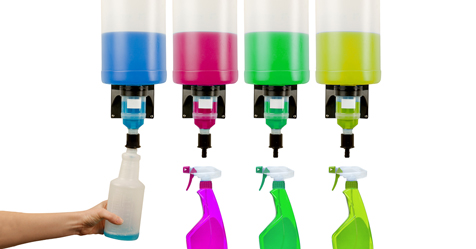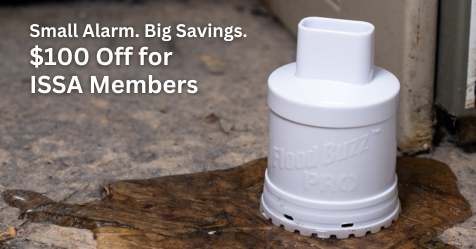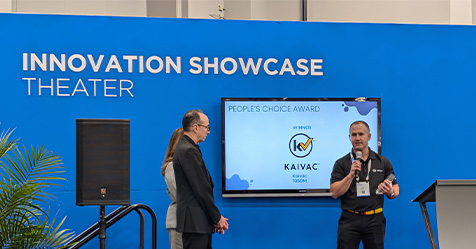Protect Your Workers’ Hearing
New OSHA program targets loud workplaces
Prolonged exposure to loud vacuums, leaf blowers, and other noisy cleaning and landscaping equipment can be harmful to employees’ hearing. More than one in 10 workers endure workplace noise levels loud enough to damage their hearing while seven in 10 experience moderately loud noise levels according to reports from the U.S. Bureau of Labor Statistics. Despite these hazards, the bureau found about half of U.S. workers do not use personal protective equipment (PPE) to protect their hearing.
To reduce these workplace dangers and promote programs to protect workers’ hearing, a regional office of the U.S. Department of Labor’s Occupational Safety & Health Administration (OSHA) has established a program to target inspections of workplaces at high risk of noise exposure to raise awareness among employers of required safety measures.
“Hearing conservation programs are designed to protect workers’ hearing and prevent irreversible hearing loss. These programs also provide employers and workers with the knowledge and equipment to control and reduce their exposure to noise,” said OSHA Acting Regional Administrator Steven J. Kaplan in Kansas City, Missouri.
By law, OSHA requires employers to implement a hearing conservation program when the average noise exposure over 8 working hours reaches or exceeds 85 decibels. The U.S. Centers for Disease Control and Prevention (CDC) compared 85 decibels to the sound of a gas-powered leaf blower.
According to the National Institute for Occupational Safety and Health (NIOSH), if you must raise your voice to speak with someone at arm’s length in your workplace, then the noise is likely at a hazardous level. Follow these tips from NIOSH to reduce your noise exposure while on the job:
-
- Take breaks from the noisy activity.
- Reduce noise at the source. Use quieter equipment and keep equipment well maintained and lubricated.
- Enclose the source of the noise or place a barrier between you and the source.
- Always wear hearing protection in noisy areas, and if using foam plugs, insert them correctly.
- If you are listening to music or something else, keep the volume at a safe level and only listen in areas that are not noisy.


